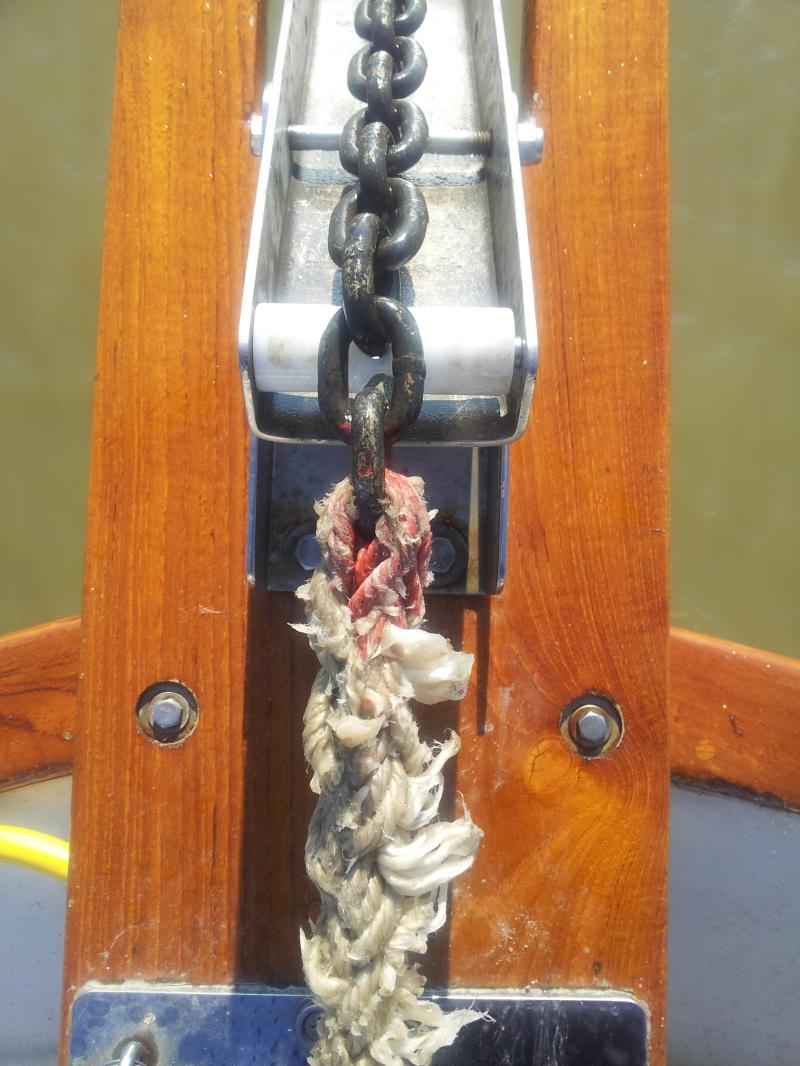Have you ever seen a nylon rode underwater in 20 knot winds.

No, you're correct and it can take considerably less than 20 knots to pull much or most of the catenary out of an all-chain rode. Hence our very long V-bridle snubber.
One of the reasons Id like to install a proper wind speed/direction sensor at the lower helm is that for the typical recreational, part-time boater, including us, wind is almost always blowing slower than we think it is.
We'll be on the boat in its slip on a windy, blustery day and are convinced the wind is blowing 20 or even 30 knots with gusts even higher based on the sound and feel. So we'll get our handheld wind speed instrument and climb up on the flying bridge steps and hold it into the full force of the gale and find that the wind is screaming by at by at...... 12 knots. With an occasional bump up to 15.
Very disappointng.






